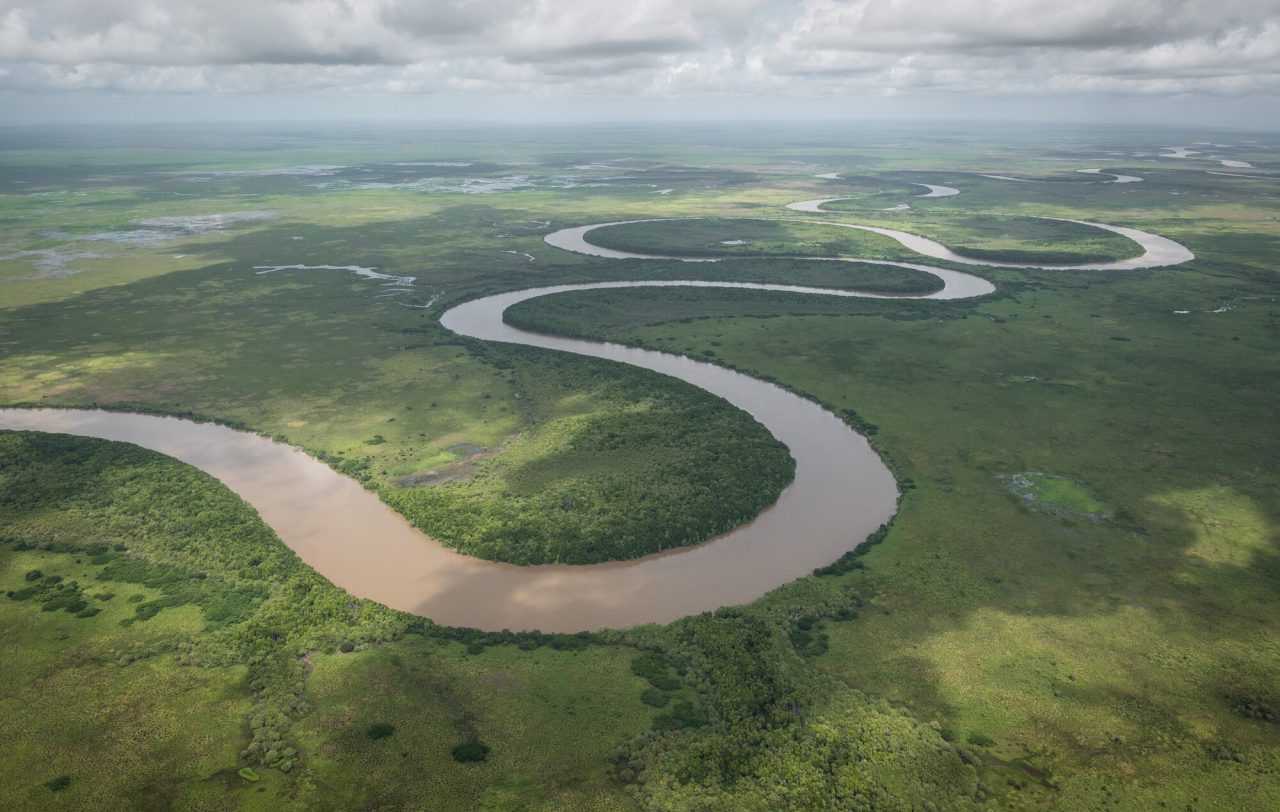Free-Flowing Rivers
Just one-third of the world’s longest rivers remain free-flowing.
They provide crucial habitat for a host of animals, and support the survival of both people and nature.
Damming and diverting flows reduces the diverse benefits that healthy rivers provide to people and nature. We need a commitment to no new dams on NT rivers, increased community decision-making over water decisions and planning in catchments, and strong laws that protect rivers for the long term.
What is a free-flowing river?

A free-flowing river is largely unaffected by human-made changes to its flow and connectivity. Water, silt, and other natural materials can move along unobstructed. Animals, such as turtles, crocodiles and migratory fish, can swim up and down stream at will.
The river itself can swell and shrink naturally with the Wet and Dry seasons, flow at a natural volume and rate, and replenish groundwater sources which sustain flows during the drier months.
What makes a healthy river?

What prevents a river from flowing freely?
The wrong dam in the wrong place changes how a river flows and causes blockages. Animals that migrate to find food, reproduce, or seek new habitat as the seasons change—such as barramundi and sawfish—can no longer do so. This threatens important animal populations and the future of our iconic fishing.
Join the Campaign

